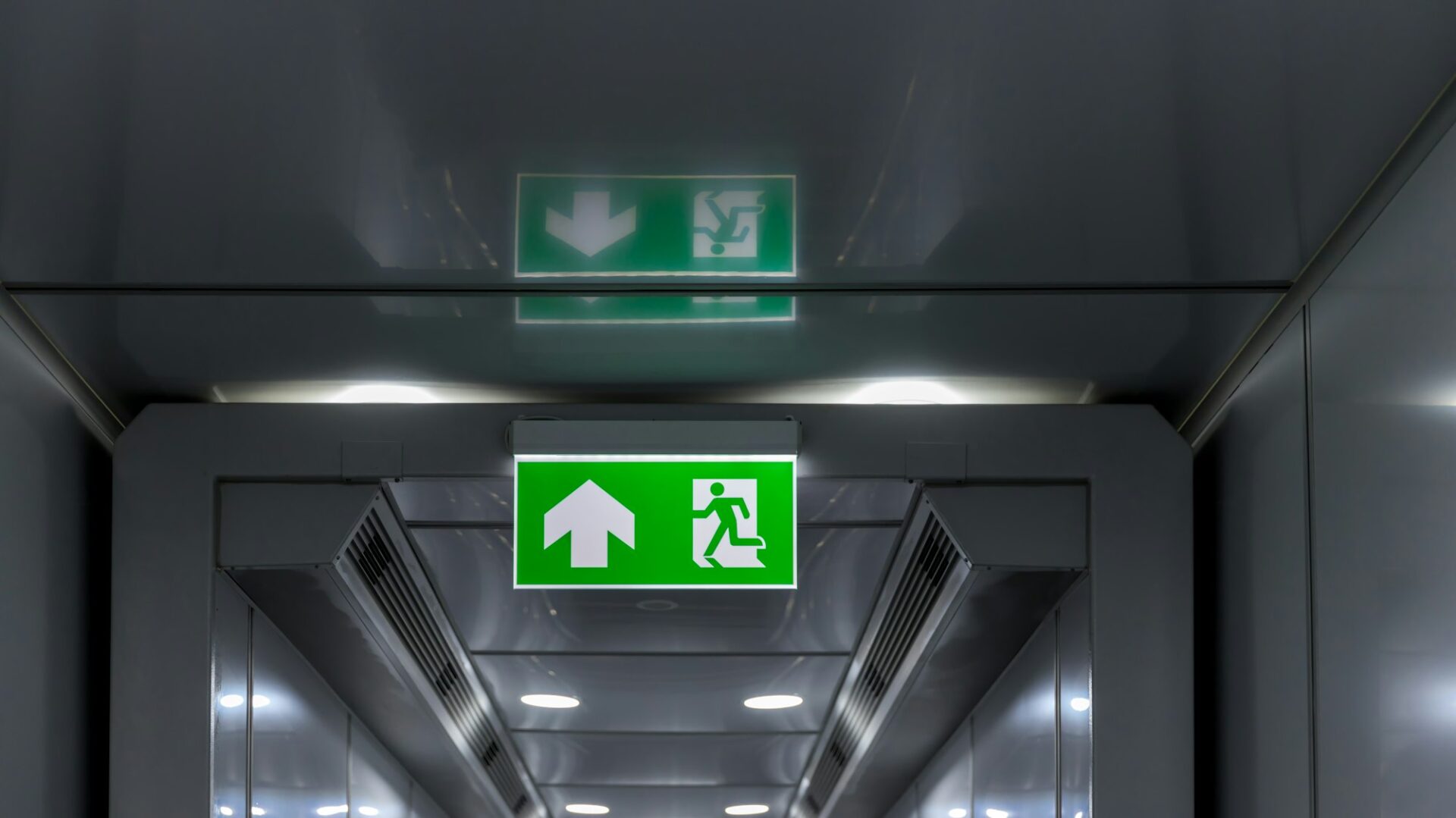
Fire door installation
Ensuring your building is fully compliant with fire door installation's and fire safety standards is more than just a legal requirement - it’s a commitment to protecting lives. At SDE Group, we are dedicated to supporting your fire safety strategy with expert guidance, installation, and maintenance services. Our goal is to help you safeguard your building, its occupants, and the surrounding community by ensuring that all fire doors are installed and maintained to the highest standards.
All the maintenance of our fire door installation's are carried out through Q-Mark BM Trada scheme.
Our services at SDE Group are available for all sectors including educational and commercial. Whether you need expert consultation, installation, or ongoing support, our team is here to help you enhance your fire safety measures and ensure your building is prepared to protect against fire hazards.
Q-Mark fire door installation of new fire doors
SDE Group's fire door installers are Q-Mark certified to install fire doors to ensuring optimal fire safety for building owners, managers & occupants. We use Boris software to provide a digital trail supporting the ‘Golden Thread’.
Here are some key points highlighting the importance of fire doors in accordance with the British standards for Installation of Doors:
Fire Resistance - Fire doors are constructed to withstand the spread of fire and smoke for a specified duration, usually expressed in minutes. (e.g. FD30 (s), FD60 (s)
Compartmentalisation - Fire doors are essential for compartmentalising a building into different fire compartments.
Integrity and Stability - Fire doors need to maintain their integrity and stability during a fire. The means they should not develop holes, gaps, or excessive deformation that would allow fire or smoke to pass through. The British standard defines the criteria for evaluating the integrity and stability of fire doors under fire conditions.
Smoke Control - Fire doors are not only designed to resist fire but also to restrict the passage of smoke. Smoke can be just as dangerous as flames.
Testing and Certification - Fire doors must undergo rigorous testing procedures to ensure they meet the required standards. The British standard provides guidelines on the test methods and performance criteria that fire doors must pass. Certification bodies assess fire doors and their installation and issue certificates to confirm compliance.
Legal Compliance - Compliance with British standards for fire doors is often a legal requirement in the UK. Building regulations and fire safety legislation, such as the Regulatory Reform Order mandate the use of fire doors in certain types of buildings.
Maintenance of fire doors
A fire door is one of the most important fire safety products on your premises. They are an integral part of the passive fire protection, designed to prevent the fire and smoke from spreading.
All the maintenance of our fire doors are carried out through Q-Mark BM Trada Scheme.
Fire doors are being used on a regular basis, they are at greater risk of being damaged which can compromise the fire protection in your building, regular maintenance and inspection is therefore essential, doors can be maintained under the Q-Mark Scheme using the golden thread of information passed on through the original installation.
Q-Mark fire stopping services
Fire stopping is designed to seal any openings to prevent fire from passing through multiple building compartments. Buildings must ensure that any openings and gaps are fire stopped to restrict both lateral and vertical fire spread. The spread of fire is contained by creating fire resisting compartments.
Here are some key points highlighting the importance of Fire Stopping:
Containment of Fire and Smoke - Fire stopping and compartmentation systems create barriers that help contain fire and smoke within a limited area, known as a fire compartment. This containment restricts the spread of flames, heat and toxic gases, allowing occupants to evacuate safely and providing time for firefighting operations.
Delaying the spread of Fire - Effective fire stopping and compartmentation can significantly delay the spread of fire from one part of a building to another. This delay is crucial as it provides extra time for occupants to escape and emergency services to respond, increasing the chances of successful evacuation.
Protection of Escape Routes - Fire stopping and compartmentation help protect designated escape routes, such as corridors, staircases, and lobby areas, by preventing the ingress of smoke and fire. This ensures that evacuation routes remain clear and safe for occupants to use.
Protection of Property and Assets - Fire stopping and compartmentation not only safeguard lives but also protect property and assets within a building. By confining the fire to specific compartments, these measures minimize the spread of fire and reduce the potential for damage to valuable equipment, inventory, documents and other assets, thereby mitigating financial losses.
Compliance with regulations - Fire stopping and compartmentation are essential for meeting legal and regulatory requirements in the UK. Building regulations and fire safety standards such as the Regulatory Reform order.
